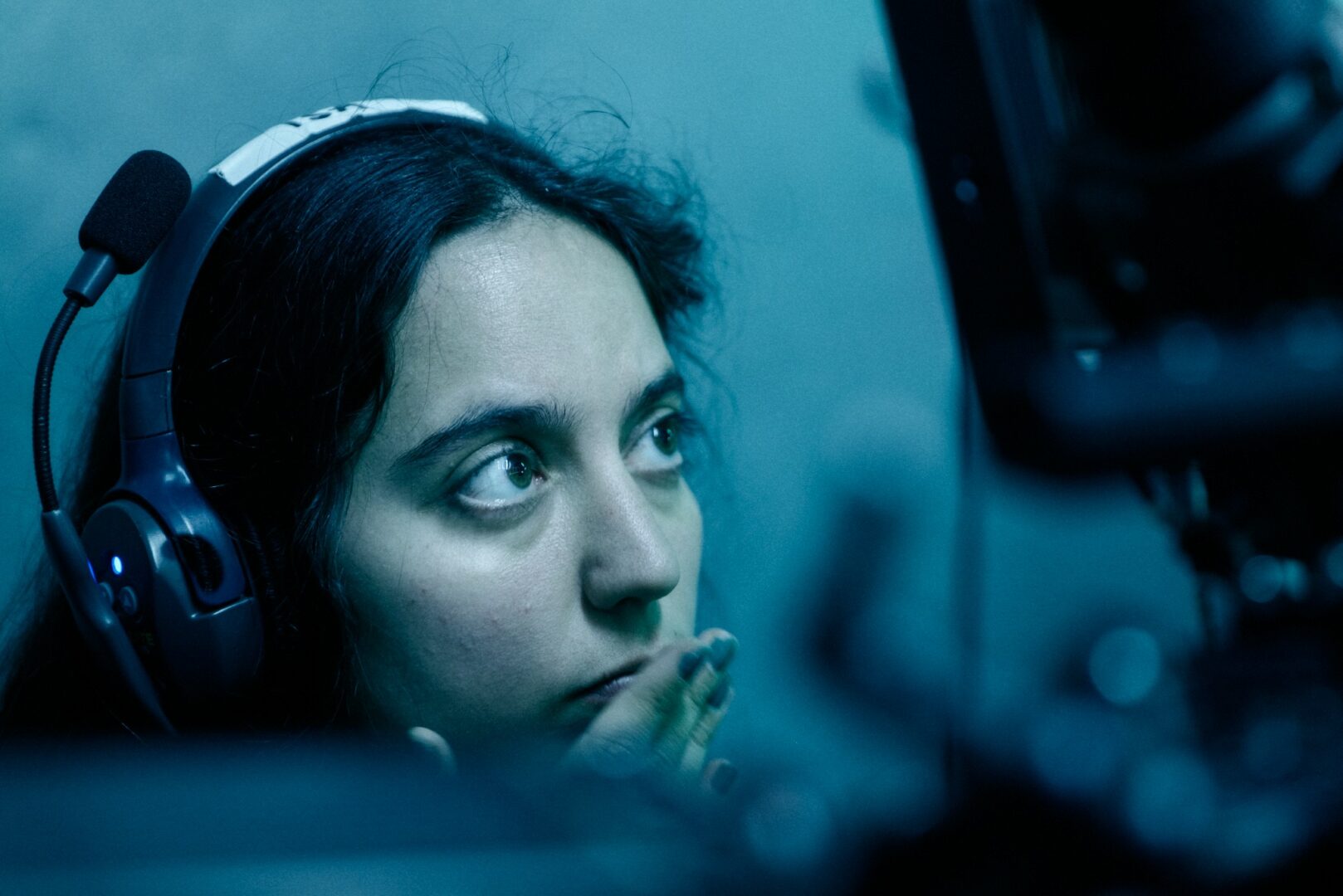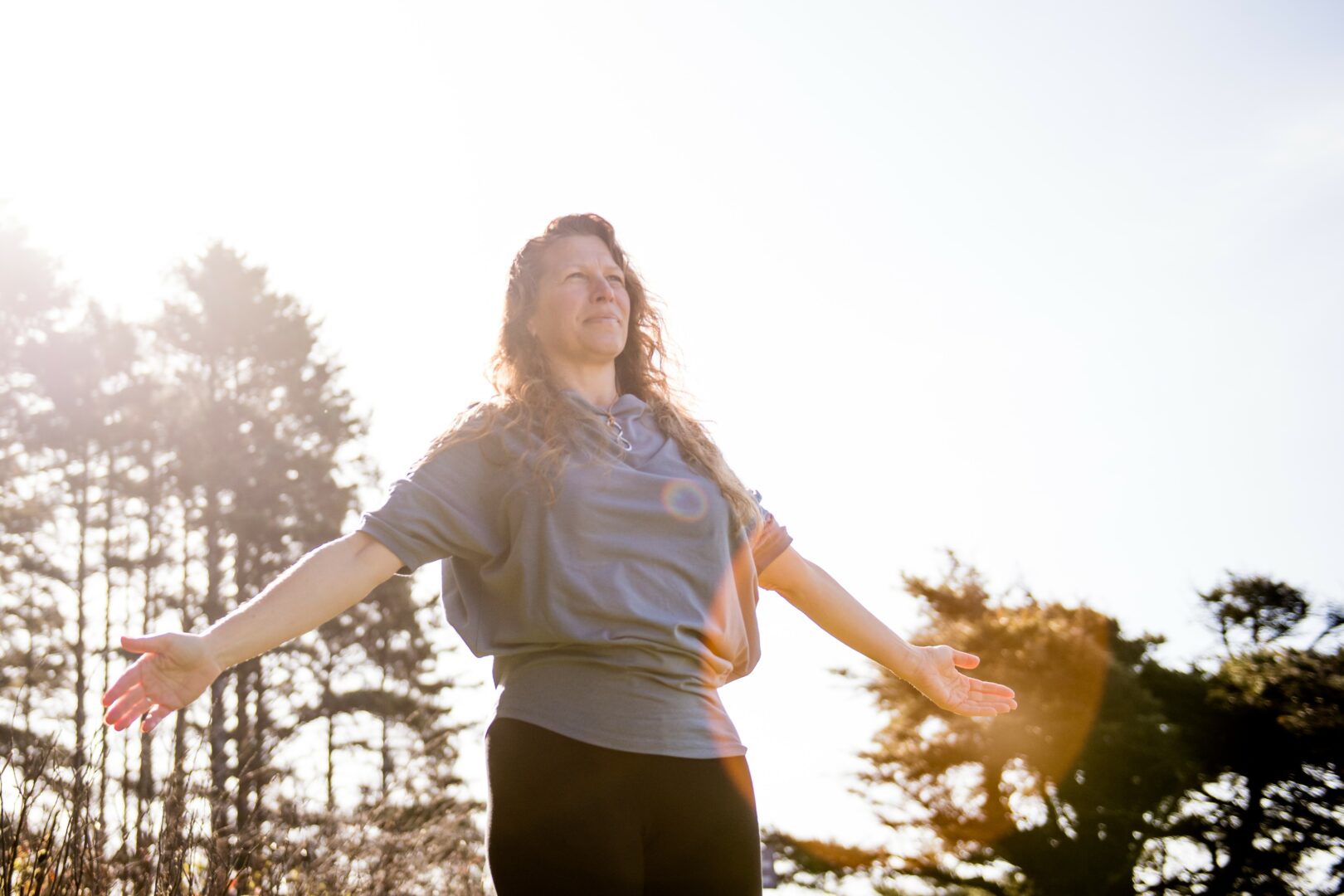Isabel Padilla Soto shared their story and experiences with us recently and you can find our conversation below.
Hi Isabel, thank you so much for taking time out of your busy day to share your story, experiences and insights with our readers. Let’s jump right in with an interesting one: Are you walking a path—or wandering?
Interestingly, I always talk about my work as a walk through the night, definitely a wandering one – I don’t enjoy the idea of pressure when it comes to finding the way. I don’t like how we can’t just take a walk anymore, but instead, we have to go somewhere. Wandering implies a certain language of a romantic period, a magical time where you get so lost you might imagine things.
As a visual artist, I want to portray that exact moment of confession, that misunderstood moment where you might panic but you’re actually experiencing something real. Those are the animalistic moments in which we perceive the world through instinct, something that we all desperately search for.
Even as I write this, I feel like I am reminding myself to take life and progress one day at a time. And to remember to get lost in the way.
Can you briefly introduce yourself and share what makes you or your brand unique?
I am a Cinematographer and Photographer from Spain based in NYC.
My style explores the blurred line between photography and film, often using various formats, surreal and nocturnal imagery. I mostly focus on narrative, editorial, and music video work, and am drawn to collaborations that experiment with texture and form – prioritizing strong visual language in service of character and tone.
I am a proud member of The ICFC and directorasdefotografia; I have worked with clients and brands such as Universal, art21, Julien Baker, Andersson Bell, Eartheater, Molchat Doma and more. My work has been exhibited all across the world and published multiple times as well.
Great, so let’s dive into your journey a bit more. What was your earliest memory of feeling powerful?
I broke my skull when I was 3 years old. I know, big way to start a sentence. This is surely my very first memory, I remember the color of my mother’s dress, but mostly, I remember I behaved so well I was given a little prize: a wooden stick that for whatever reason I loved, and made me feel on top of the world.
The idea of memory has always fascinated me, particularly when it comes to children’s, it is a source of inspiration, and mine being so violent, so colorful – red (blood) and purple (my mother’s dress), and so deeply tied to a moment of time in which my family was still “normal”; isn’t something I can avoid thinking about from time to time. It almost feels like a sign of warning, of what was coming. I was completely okay, but the scar remained forever.
This may not be the most straight answer to a question like this, but I believe that my craft must come from dreams, from violence, from trauma, from avoidance. Memory entails all of the above, and so what better powerful memory than one that feels unreal, violent, unfelt, and premonitional.
When you were sad or scared as a child, what helped?
As a child, fear was always present, but thinking about the future carried me forward. I held onto the idea that there was a bigger world out there, waiting. I never really fit in with other kids, I got along better with adults, and the thought of becoming one felt like freedom, like there was light at the end of the tunnel.
When you’re young, you feel like you’re the only broken one. Growing older doesn’t necessarily make life easier, but it does make it easier to process, to see you’re not alone. I think even then I knew there was a corner to turn.
Travel was a big part of that. I had the privilege of seeing places beyond my small town, and it opened my eyes: not everyone in the world was as A or B as they were in my school. And when I couldn’t travel, I found escape in books, films, strangers online: all of it gave me glimpses of a bigger world. Eventually I moved from my town of 150,000 people to New York City. That step not only made me happier, but it also deepened my appreciation for where I come from
Next, maybe we can discuss some of your foundational philosophies and views? What’s a belief or project you’re committed to, no matter how long it takes?
Human rights make people people. Women who needed their husbands to be present in order to sue somebody, to use their bank account, to travel from one province to another. That was a reality less than 70 years ago in my country. Even though we have immensely evolved, mostly due to not living in a dictatorship anymore, I do think my industry is far behind, and the world is taking many steps back.
I will always advocate for women’s rights, for LGBTQI+ rights, for what’s fair, what’s needed. When it comes to my own influence, I can do the most in my industry, while it doesn’t feel like a lot. I will always give a hand to any femme or nb who needs it. I am part of The International Collective of Female Cinematographers and of Directorasdefotografia; among other ties to women led communities in film and photography. I believe we have to take a stance, we have to be loud, we have to help each other. I am well aware that this will be present for my lifetime, and I am confident I will always be as passionate about it as I am now.
Okay, we’ve made it essentially to the end. One last question before you go. If immortality were real, what would you build?
I would build a huge home made of stained glass that thinks of each minute as a different color, so I would never need a clock.
Contact Info:
- Website: https://isabel-padilla.com/
- Instagram: https://www.instagram.com/_isabelpadilla_/#
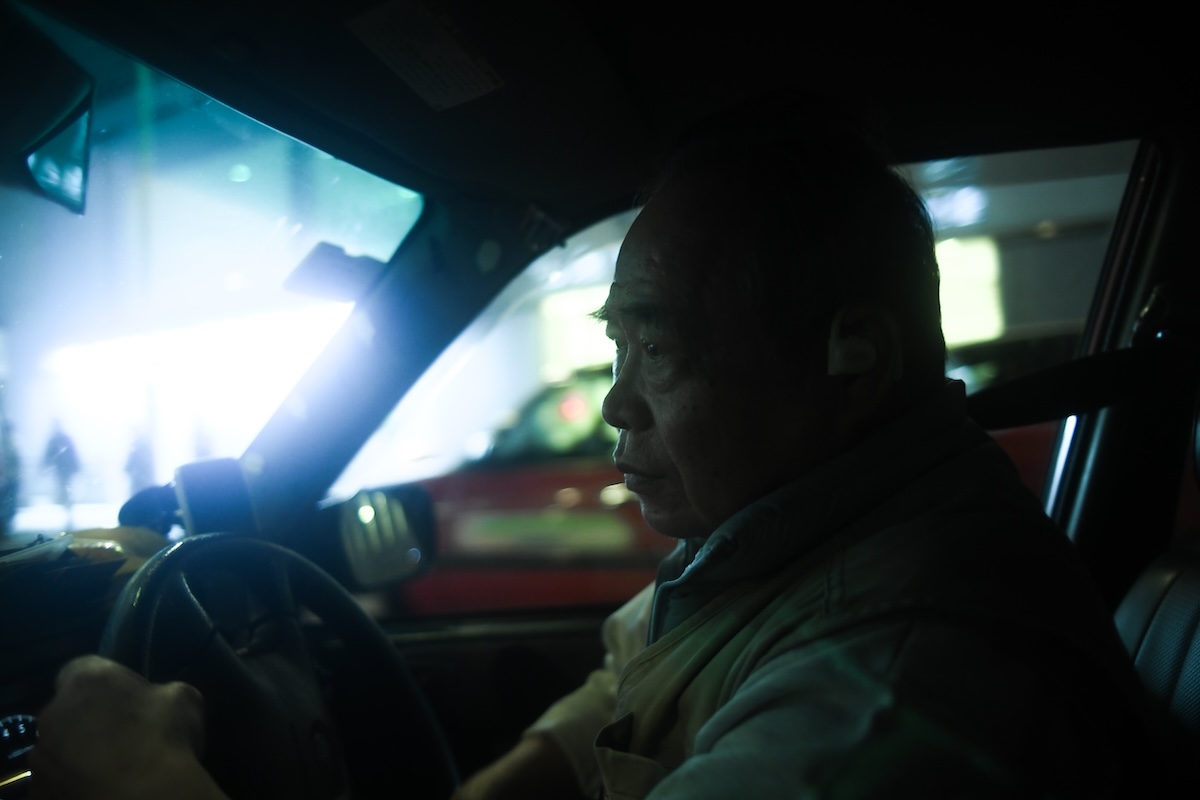
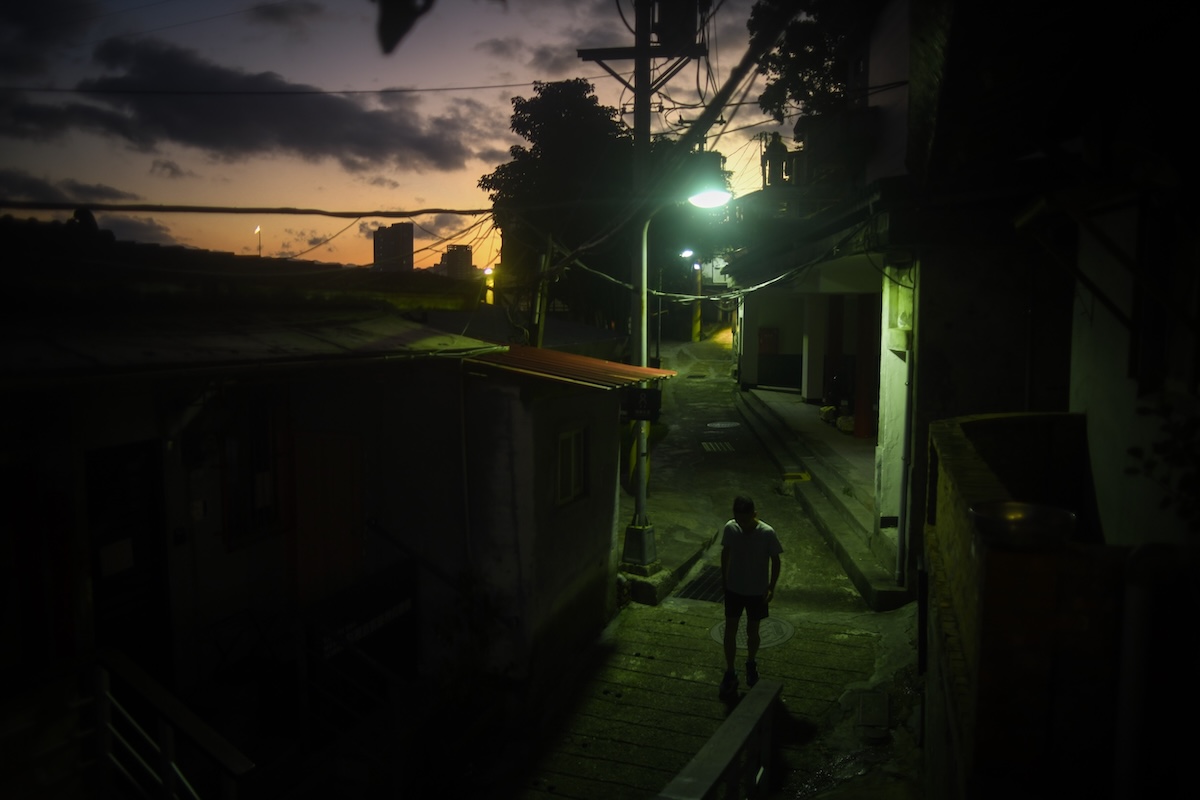
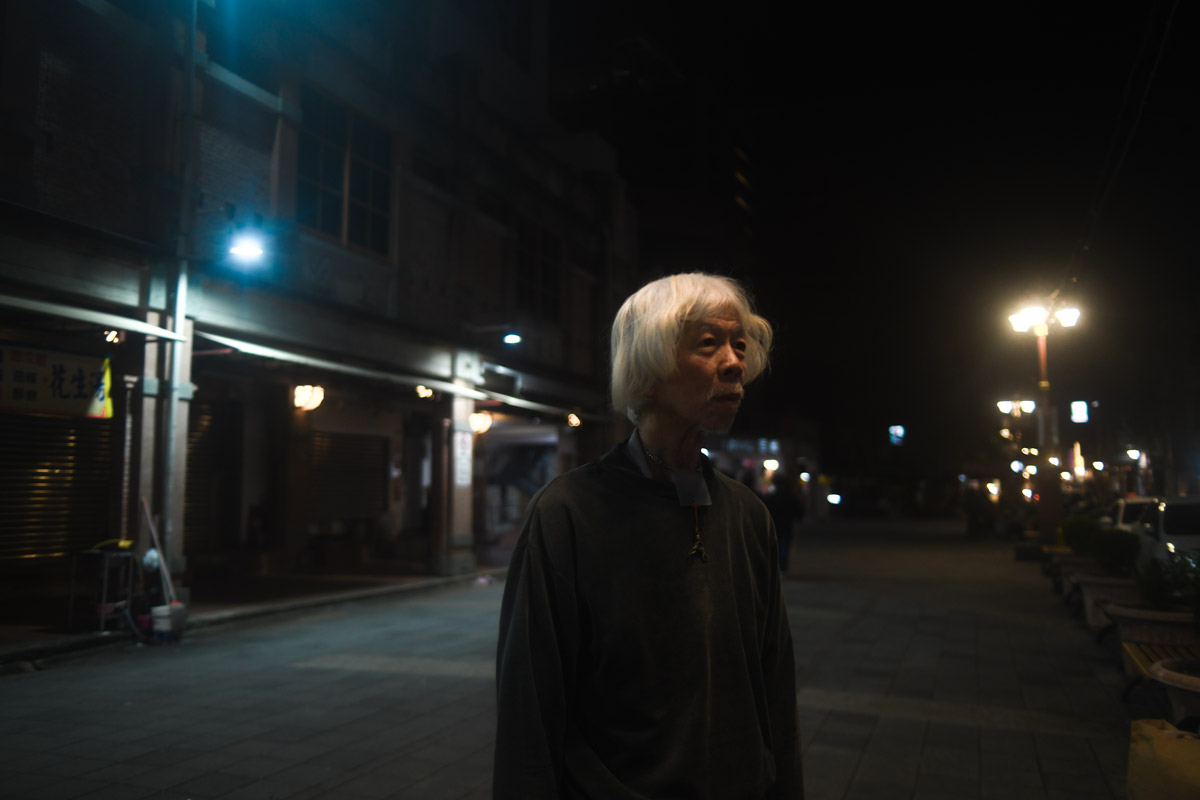

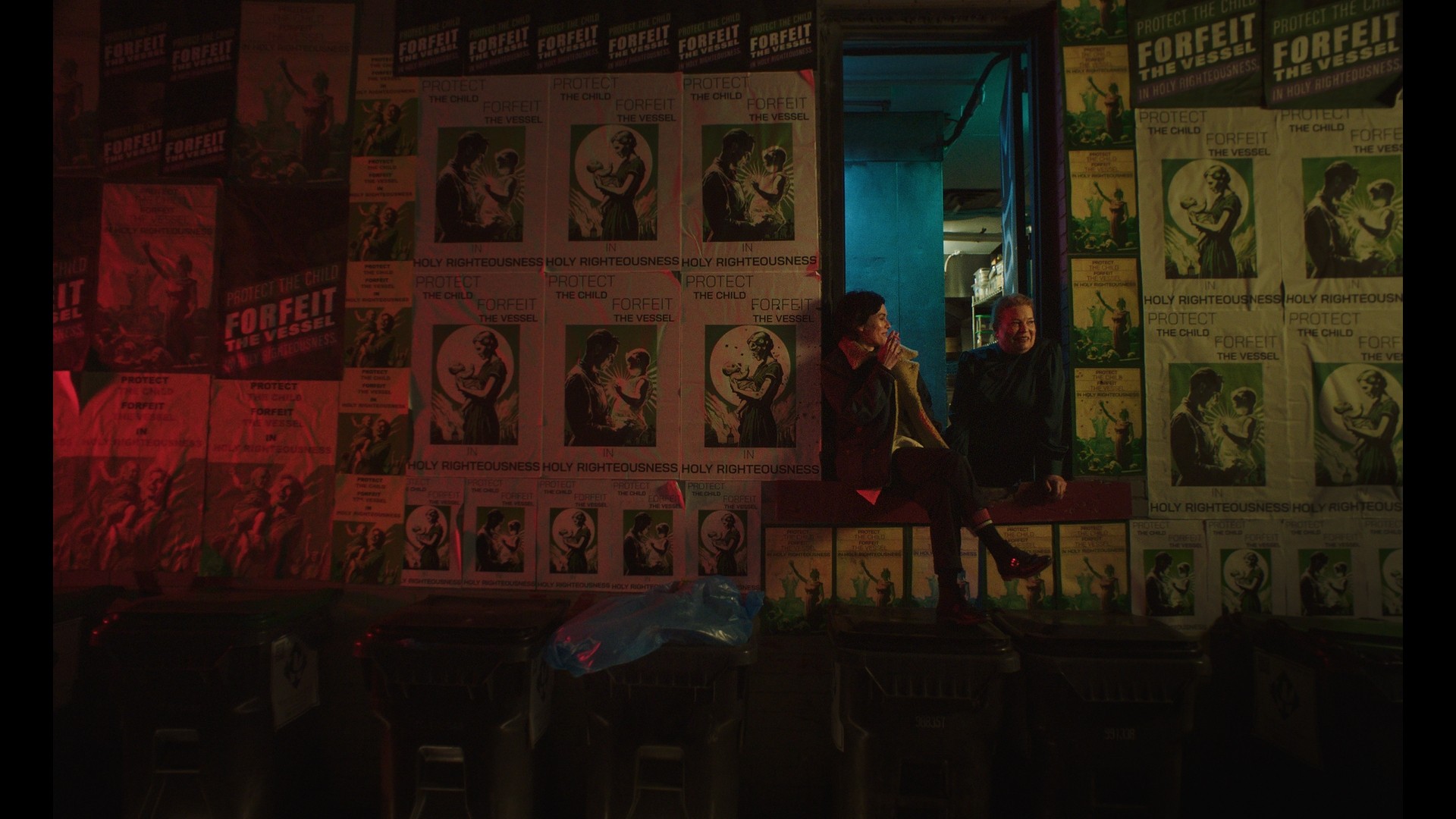


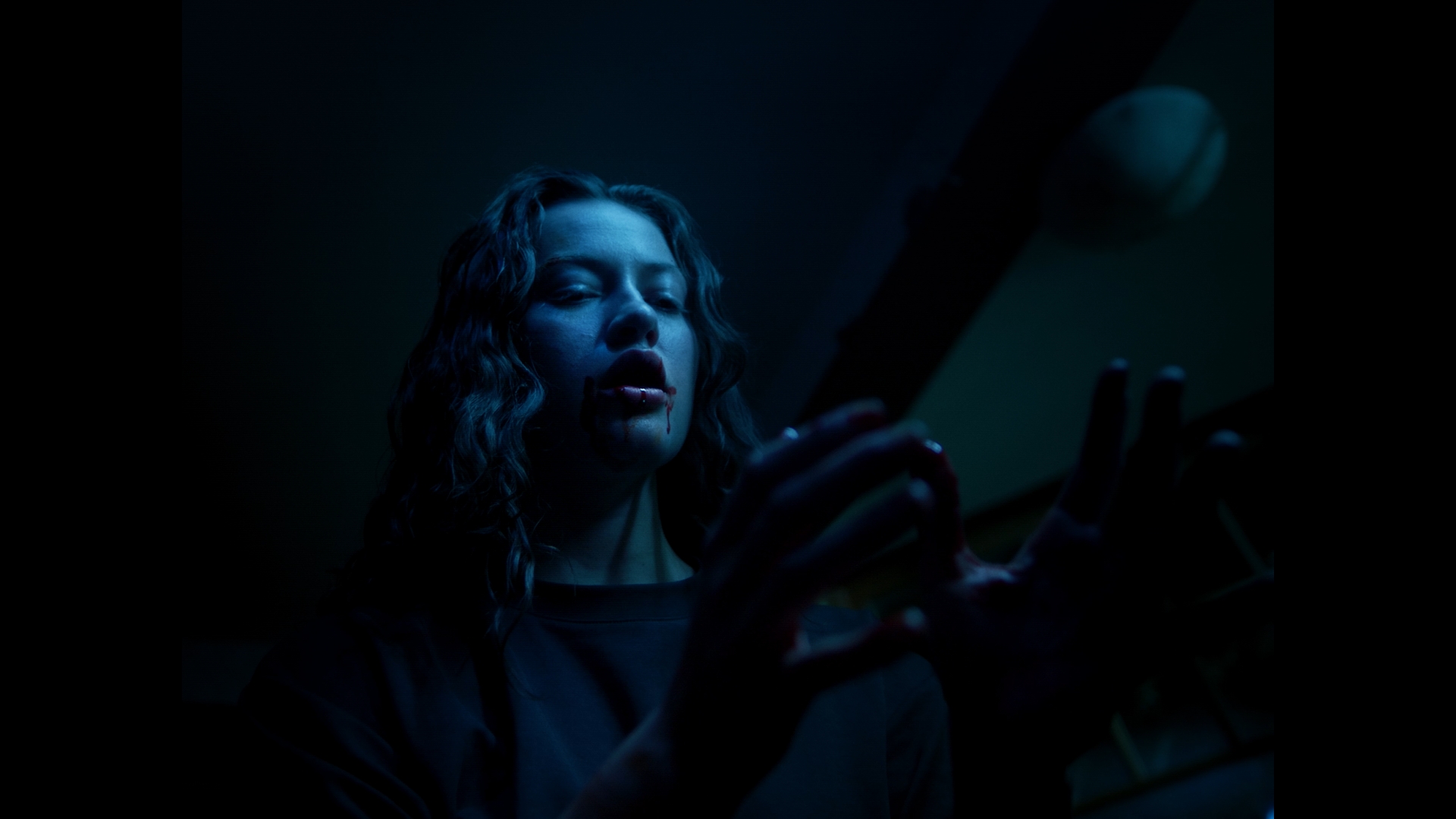
Image Credits
Photographs: all by Isabel Padilla.
Portrait of myself: Jacob Feingold.
Stills: 1. Long Pork, dir. Iris Dukatt. 2. Sugar in the Tank by Julien Baker and TORRES, dir. Caity Arthur. 3. Floor Siren dir. Deuèn. 4. Little One, dir. Lindsey Carpenter
so if you or someone you know deserves recognition please let us know here.

